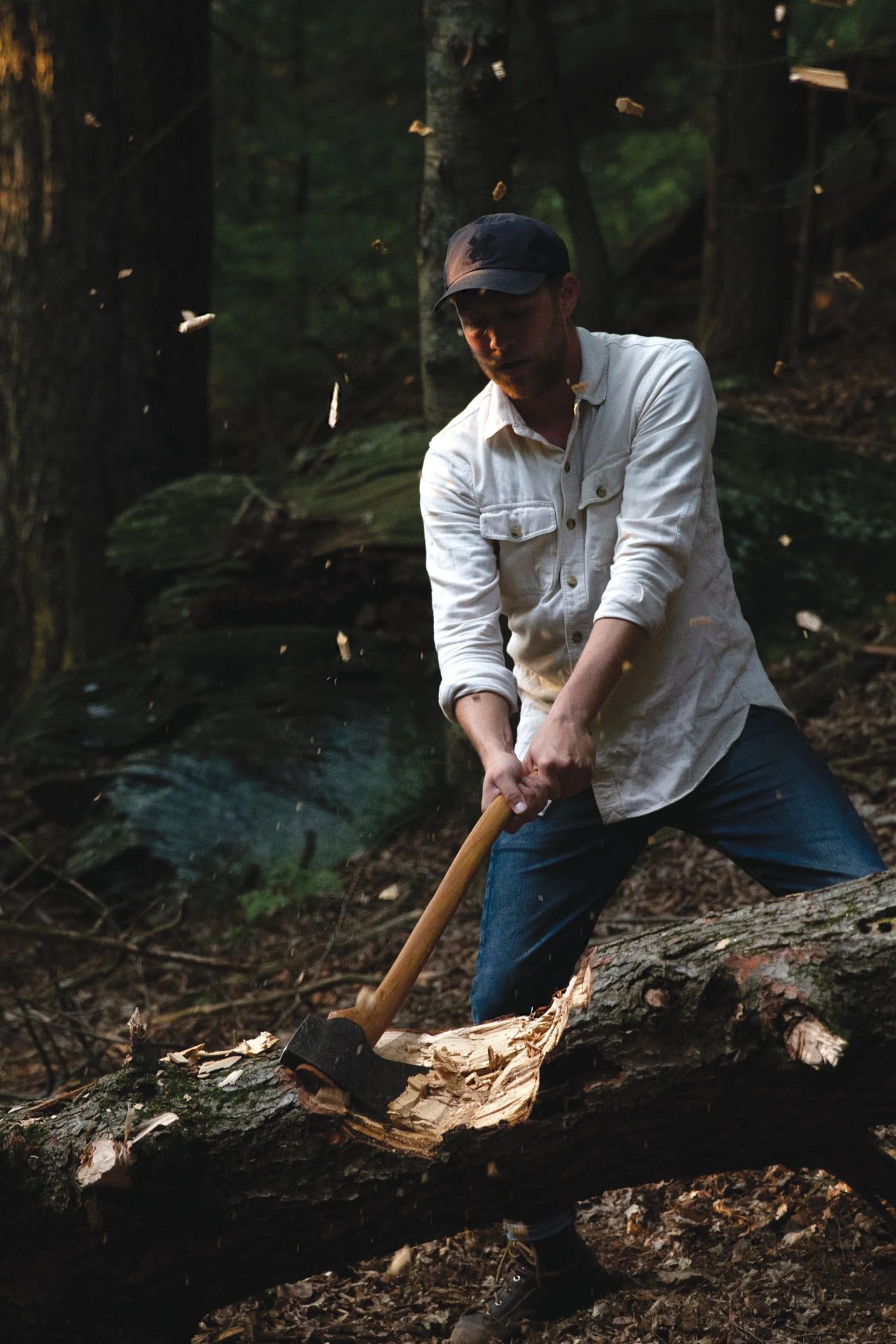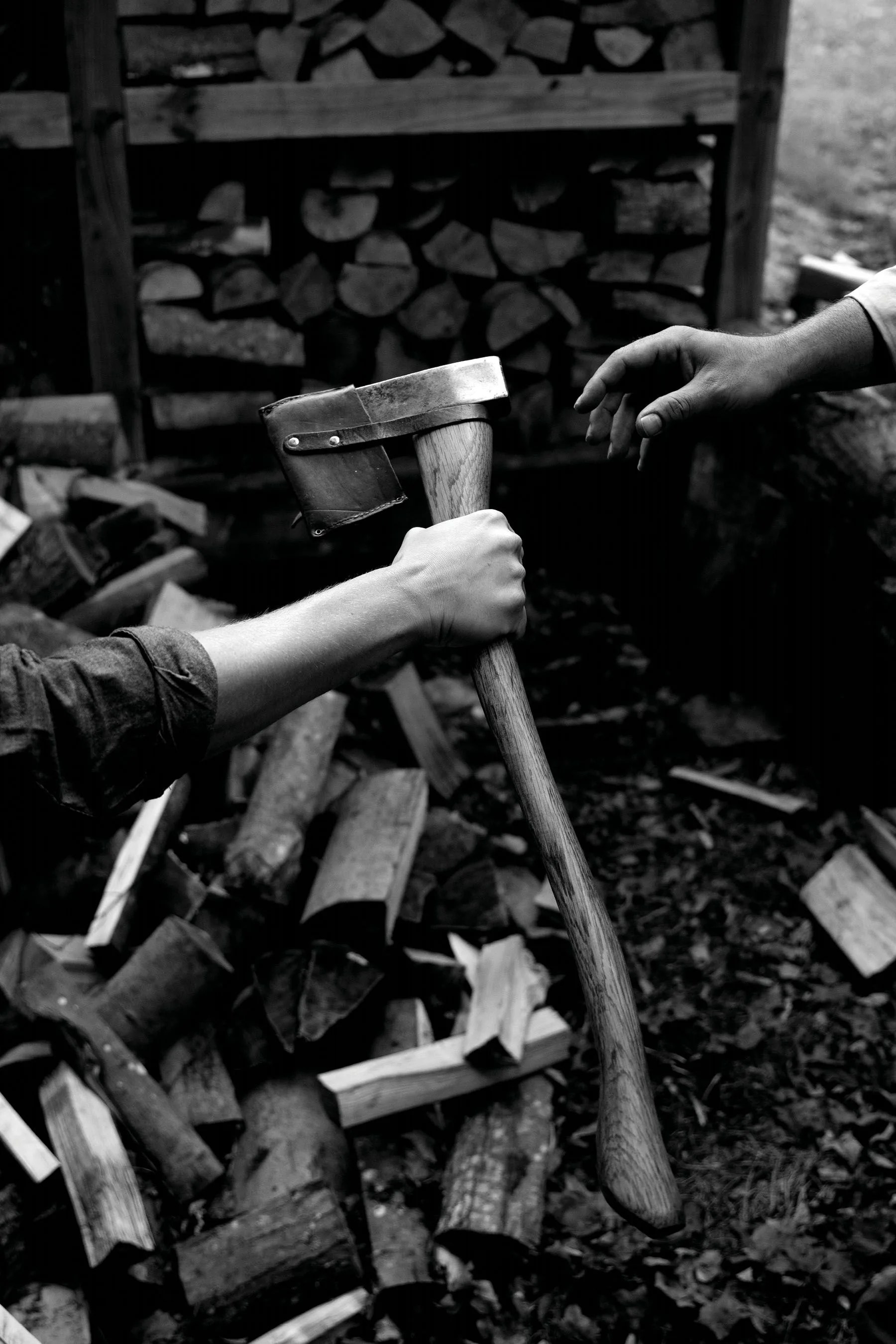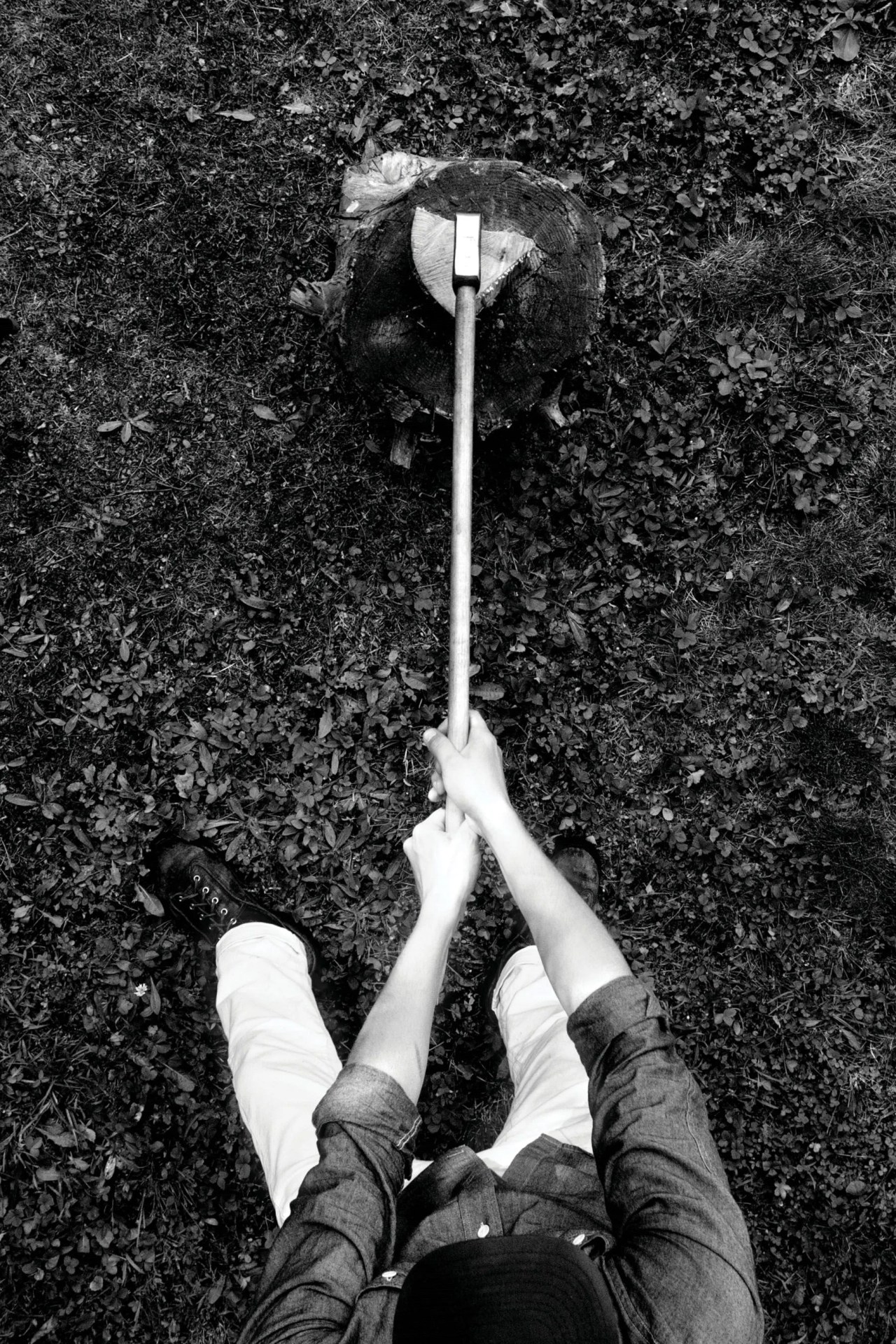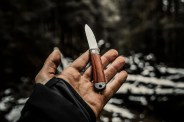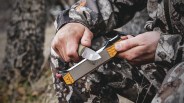In today’s day and age, most wood is cut with a mechanical splitter. But Peter Buchanan-Smith is a little old-fashioned. “There’s something about the axe that demands more reverence,” he says.
Buchanan-Smith is author of the book Buchanan-Smith’s Axe Handbook, as well as the founder of Best Made Co., a brand known for selling axes with painted handles.
Buchanan-Smith, it should be said, didn’t learn his technique from a teacher as astute as the one he’s become. His first axe was the one he had on his family farm in Ontario, Canada, and he admits it was probably too big for him at the time.
“I just grabbed it one day and, for better or for worse — probably much more for worse — started chopping away with it,” he says.
His appreciation for the tool came from time spent at a Northern Ontario summer camp (also attended by Canadian prime minister Justin Trudeau). Buchanan-Smith didn’t perfect his swing there, but he did learn how to handle and sharpen an axe, as well as how to exercise general safety.
A sharp and intact axe was indispensable during a 30-day canoe trip. “By God, you respected that axe,” he says. “It was your lifeline.” Here, he shares his tips for beginners new to the tool.
